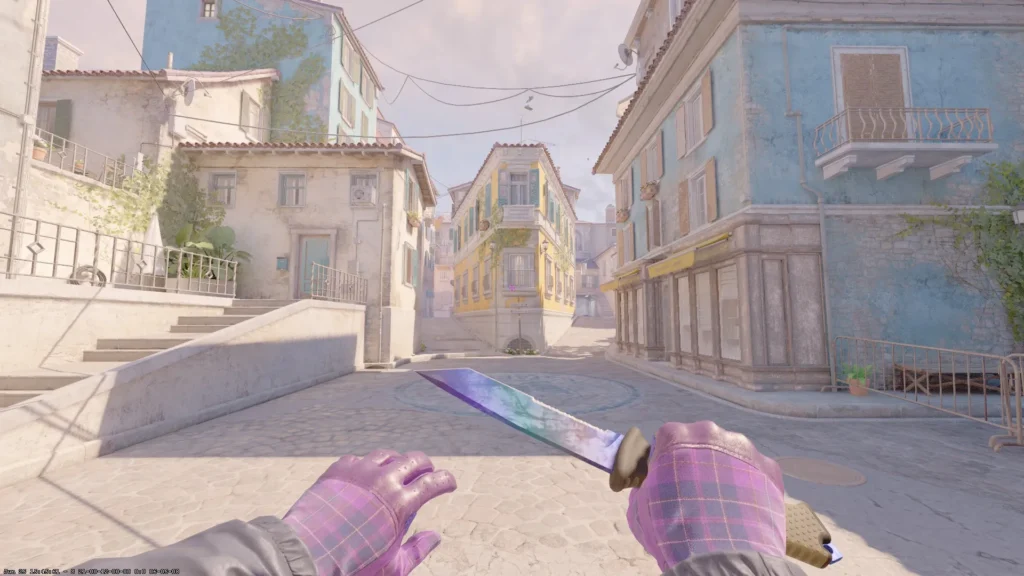Blggzz: Your Daily Dose of Insight
Stay updated with the latest news and informative articles.
Hostage Negotiations: Crafting the Perfect CS2 Map for Tension and Strategy
Unlock the secrets of tension and strategy in CS2! Discover how to craft the ultimate map for hostage negotiations. Dive in now!
Understanding the Key Elements of Tension in Hostage Negotiation Maps
In the realm of hostage negotiation, understanding the key elements of tension is crucial for successful resolution. Tension can arise from various factors, including the emotional state of both hostages and perpetrators, the stakes involved, and the dynamics of the negotiation itself. By recognizing these elements, negotiators can develop effective strategies to manage and diffuse escalating situations. Key aspects include communication, empathy, and the ability to remain calm under pressure.
To map out the elements of tension in a hostage negotiation, negotiators often utilize visual aids and frameworks that highlight the interactions between different parties. These maps can illustrate communication flows, potential escalation points, and critical factors influencing the negotiation. Creating a clear outline can help in prioritizing objectives and integrating various negotiation tactics, ultimately steering the dialogue towards a peaceful resolution. An effective negotiation map also incorporates the psychological aspects of tension, capturing how different scenarios might impact both the negotiators and the hostages involved.

Counter-Strike is a highly popular first-person shooter game series that emphasizes team-based gameplay and strategic planning. Players can choose between two teams, terrorists and counter-terrorists, and engage in various objective-based modes. One exciting aspect of the game is collecting unique cs2 knives that enhance the aesthetic of the player's character and add a personal touch to their gameplay experience.
Top Strategies for Designing Engaging Hostage Scenarios in CS2
Designing engaging hostage scenarios in CS2 requires a blend of creativity and strategy. To start, consider structuring your scenarios around dynamic environments that encourage teamwork and individual skill development. For example, you can incorporate multiple locations such as warehouses or urban settings that have distinct features to manipulate the gameplay. Additionally, introducing elements like timer-based objectives or random rescue points can increase the urgency and excitement of the scenario, keeping players on their toes.
Another vital element is to balance hostage character roles within the scenario. Give hostages unique traits that players must consider, and allow some of them to serve as critical objectives for the rescuers. Implementing layers of complexity, such as requiring players to navigate through enemy territory while managing hostages, leads to strategic decision-making under pressure. Using both team coordination and individual skill sets makes for an immersive and engaging experience, ensuring players remain invested in the outcome of each round.
What Makes a Hostage Map Successful in Counter-Strike 2?
In Counter-Strike 2, the success of a hostage map hinges on several critical elements. First and foremost, map layout plays a pivotal role in defining the gameplay experience. A successful map should feature a balanced mix of open spaces and tight corridors, providing players with multiple strategies for both rescuing hostages and defending them. The integration of strategic choke points can create intense moments of confrontation, ensuring that every match feels dynamic and engaging.
Additionally, the placement of hostages is essential for creating a successful hostage map. Hostages should be positioned in areas that are accessible yet challenging to defend, compelling the opposing team to make strategic decisions during their rescue efforts. Environmental factors, such as cover and elevation changes, can further influence the flow of the game, making each rescue mission a test of both skill and teamwork. Ultimately, a well-designed hostage map in Counter-Strike 2 balances these elements to foster an exciting and competitive atmosphere for all players involved.